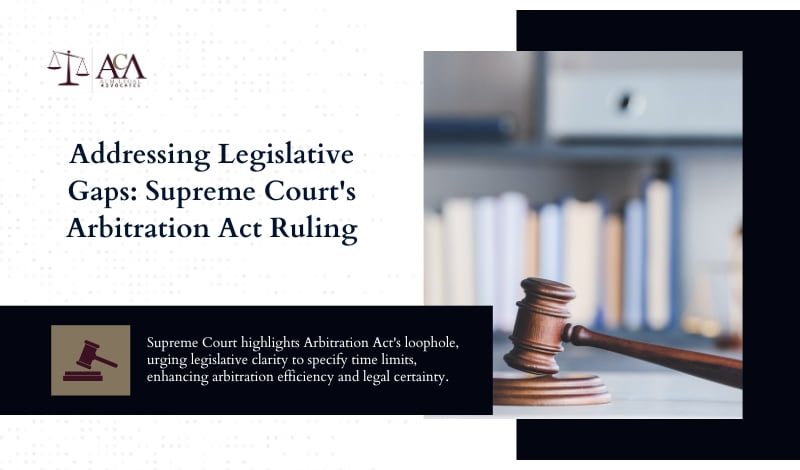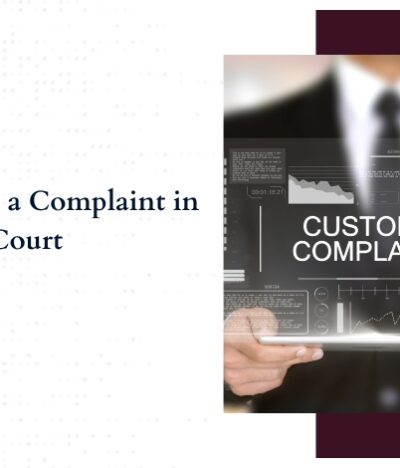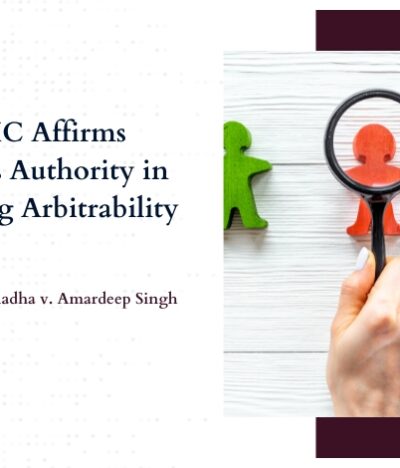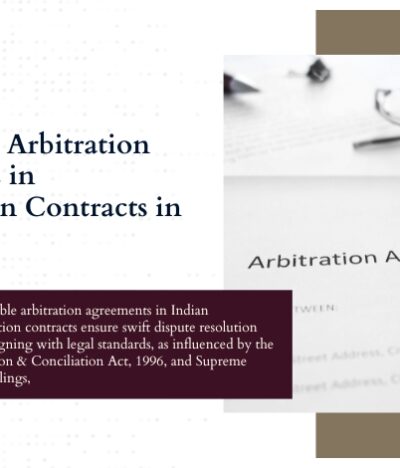A Legislative Vacuum Highlighted by the Hon’ble Supreme Court
In a recent landmark judgement by the Supreme Court of India, the case of M/S Arif Azim Co. Ltd. vs M/S Aptech Ltd., decided on March 1, 2024, underlines a significant legislative vacuum in the Arbitration and Conciliation Act, 1996. This case, presided over by Justice J.B. Pardiwala, scrutinized the applicability of the Limitation Act, 1963, to applications under Section 11 for the appointment of arbitrators and emphasized the need for legislative amendments to bridge the existing legal gaps.
Introduction to the Case
The dispute between the petitioner, M/S Arif Azim Co. Ltd., a Kabul-based company involved in educational training and the respondent, M/S Aptech Ltd., an Indian IT education firm, stems from agreements signed on March 21, 2013. The three franchise agreements signed on March 21, 2013, granted Arif Azim Co. Ltd. the rights to operate under the trade names of Aptech for providing various educational courses in Kabul. The main bone of contention between the parties was related to unpaid royalties and fees that led to the invocation of the arbitration clause by the petitioner, Arif Azim Co. Ltd.
Central to the Supreme Court’s examination was the application of the Limitation Act, 1963, specifically whether it applies to an application for the appointment of an arbitrator under Section 11(6) of the Arbitration and Conciliation Act, 1996. Additionally, the court had to determine if the petition for arbitration was barred by the limitation, which hinges on the interpretation of Section 11(6) in conjunction with Section 43 of the Arbitration Act and Section 137 of the Limitation Act.
Analysis of the Law and Court’s Reasoning
The Supreme Court’s judgement meticulously dissected the interplay between various sections of the Arbitration and Conciliation Act, 1996 and the Limitation Act, 1963, to address the core issue of the limitation period applicable to arbitration proceedings. The court anchored its analysis in the maxim, “Vigilantibus non dormientibus jura subveniunt“—the law assists those who are vigilant and not those who sleep on their rights—underscoring the critical role of limitation laws in providing certainty and finality to legal disputes.
Statutory Framework and Applicability
The Arbitration Act under Section 11(6) provides for the judicial appointment of arbitrators when parties cannot agree on an arbitrator. However, this section does not specify a time limit for filing such applications, leading to potential ambiguities about the applicability of limitation periods. In contrast, Section 43 of the same act explicitly states that the Limitation Act, 1963 applies to arbitrations as it does to court proceedings, suggesting that limitation rules are indeed relevant to arbitration applications.
Interpretation of Section 137 of the Limitation Act
Section 137 serves as a residual clause in the Limitation Act, applying a three-year limitation period to applications for which no specific time frame is otherwise provided. The Supreme Court evaluated whether an application under Section 11(6) for appointing an arbitrator falls under this section. The court affirmed that it does, thereby applying a three-year limitation period from the date the right to apply accrues, which is critically interpreted as the date when a formal notice of arbitration under Section 21 of the Arbitration Act is issued.
Judicial Precedents and Comparative Analysis
The court reviewed precedents such as Geo Miller and Co Pvt Ltd vs. Chairman, Rajasthan Vidyut Utpadan Nigam Ltd and Bharat Sanchar Nigam Limited vs. Nortel Networks India Pvt Ltd, which have interpreted similar statutory provisions. These cases underscored the necessity of issuing a timely arbitration notice as the trigger for commencement of limitation periods, harmonizing the initiation of arbitration proceedings with statutory limitation constraints.
Legal Vacuum and Need for Legislative Clarity
The Supreme Court highlighted that while Section 11(6) integrates the Limitation Act through Section 43, there remains a legislative gap because the specific time limits for these applications are not delineated. This gap potentially prolongs disputes and contradicts the Arbitration Act’s objective of expediting dispute resolution. The judgement calls for a legislative amendment to specify a precise limitation period for applications under Section 11(6), proposing a more streamlined and predictable arbitration process.
Implications for Future Arbitration
The ruling highlighted critical areas for legislative refinement and judicial interpretation that will shape the efficiency and effectiveness of arbitration as a dispute resolution mechanism.
Clarification of the Commencement of Arbitration Proceedings
The Court clarified that arbitration proceedings are considered to have commenced on the date the notice of arbitration under Section 21 is received. This clarification is pivotal as it directly impacts the determination of the limitation period, ensuring that the clock starts ticking from a definitive and unequivocal action – the receipt of the arbitration notice. This interpretation ensures that parties cannot indefinitely delay the initiation of arbitration, thereby preventing potential abuses of the arbitration process.
Urgent Need for Legislative Action
The Supreme Court’s call for legislative action to address the ambiguity in Section 11(6) of the Arbitration Act is a critical observation stemming from this case. The Court noted that the absence of a specific statutory time limit for filing an application for the appointment of an arbitrator is a significant oversight that could undermine the arbitration process’s intended expediency. The judgement suggests that setting a statutory limitation period would align with the Act’s objectives to facilitate swift and effective dispute resolution and enhance India’s position as an arbitration-friendly jurisdiction.
Proposed Legislative Amendments
The Court recommended that the legislature consider prescribing a specific, shorter time frame—potentially three to six months from the expiry of thirty days from the date of the notice invoking arbitration—for filing applications under Section 11(6). This recommendation is based on the principle that shorter limitation periods could prompt parties to act more decisively and promptly.
Impact on Legal Practice and Arbitration Clauses
This judgement necessitates that legal practitioners and corporations revise their arbitration clauses to specify clear procedural timelines for the invocation of arbitration. By integrating explicit stipulations about the timing of notices and the initiation of arbitration proceedings, parties can safeguard against the risks of dismissal due to limitation issues.
Conclusion
The Supreme Court of India, in this judgement, has highlighted a critical legislative gap in the Arbitration and Conciliation Act, 1996, specifically the lack of a defined limitation period for filing applications under Section 11(6). This decision not only clarifies the application of the Limitation Act to arbitration proceedings but also calls for urgent legislative amendments to establish a specific timeframe for initiating arbitration.
By recommending a fixed deadline for such applications, the Court aims to enhance the efficiency and predictability of arbitration as a dispute resolution mechanism, aligning India’s arbitration framework with international standards and reinforcing its appeal as a viable, efficient alternative to traditional litigation. This judgement is set to influence the future of commercial dispute resolution in India, urging a move towards more streamlined and expedient arbitration practices.






